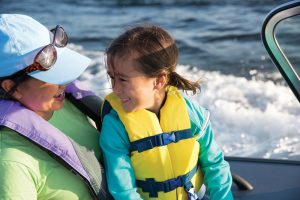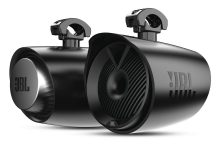They’re Called Life Jackets For A Reason
It’s simple: Personal Flotation Devices (PFDs) save lives.
 The Arizona Game and Fish Department held multiple life-jacket-exchange events at area lakes earlier this summer.
The Arizona Game and Fish Department held multiple life-jacket-exchange events at area lakes earlier this summer.
In its 11th year, the Life Jacket Exchange program allowed people with an old, worn-out life jacket to swap it for a new one (while supplies lasted). Last year, the department’s Boating Safety Education program exchanged 1,520 of the life-saving jackets.
“Wearing a life jacket is the easiest thing someone can do to protect themselves against drowning, but it only works if they’re still in good operating condition,” said Josh Hoffman, AZGFD’s boating safety education coordinator. “We conduct these exchange events to ensure Arizona’s boaters and paddlers have a life jacket that fits correctly and is in great condition.”
Before heading out on the water, it’s important that boaters check to ensure that their life jackets are in good condition and that they are the right size and fit for passengers. When inspecting life jackets, look for any rips or tears, missing straps, broken fasteners, and to ensure that the flotation hasn’t shifted. Life jackets should be inspected each boating season due to the environment’s impact on their materials.
State law requires all passengers 12 years old and younger to wear a life jacket while on board and each passenger must have a properly fitting, U.S. Coast Guard-approved life jacket available.
Drowning was the reported cause of death in four out of every five recreational boating fatalities in 2017, according to the U.S. Coast Guard’s most readily available statistics. In the 449 water-related deaths that year, 370 people — approximately 84.5 percent — were not wearing a life jacket. These deaths are preventable.
For more information about boating in Arizona or to sign up for a free safety course, visit www.azgfd.gov/boating.































